A Blueprint for Cooling our Blue Planet
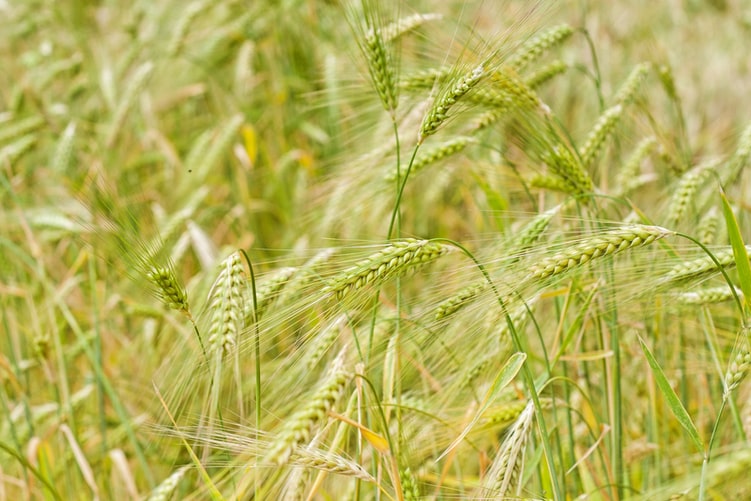
What are your top strategies to reduce global warming?
Before I tell you where my focus is and why I want you to consider the following. What is the main contributor to the greenhouse gas effect? What would you think if I said water vapor contributes to up to 80 % of the Greenhouse gas effect and Carbon Dioxide only 11 %?How would you approach reducing global warming if you took the perspective that Greenhouse gases are too much of a good thing in the wrong place?
As water vapour in the atmosphere traps heat, water in soil has a cooling effect and promotes plant growth, which increases evapotranspiration which is also cooling.
The same applies for CO2 in the atmosphere adds to the greenhouse gas effect, however carbon sequestered in the soil from the atmosphere via photosynthesis has many co-benefits to build soil fertility and soil structure so that the soil can retain more water.
Water is involved in 95% of the heat transfer of the planet and so we need to work with the
metric of temperature and not ppm of Carbon dioxide in the atmosphere.
The fixation on carbon emissions has arisen by seeing the rise in CO2 and the Rise in
atmospheric temperature as a causal relationship and not as a symptom of the underlying thermodynamics.
So, consider the following graphs.
What are the more relevant graphs to give us agency in cooling the planet? (See below)

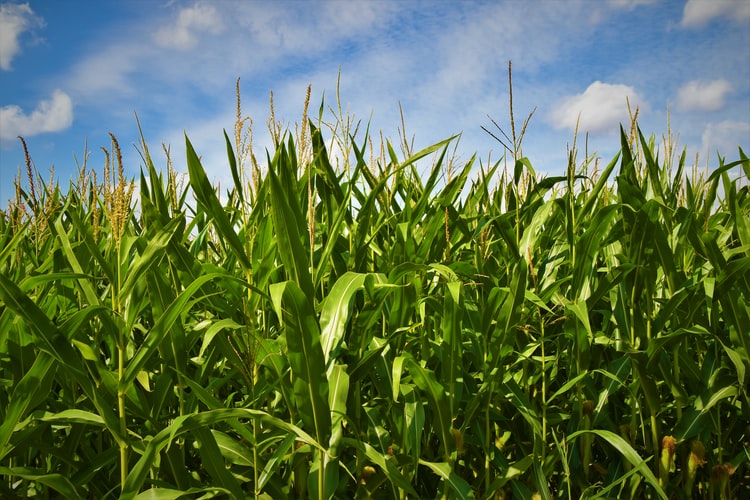
The above tells us that water follows carbon as sure as night follows day and that to cool the planet it
is imperative that ‘we keep all the ground covered all the time’ below perennial grain deep Kernza
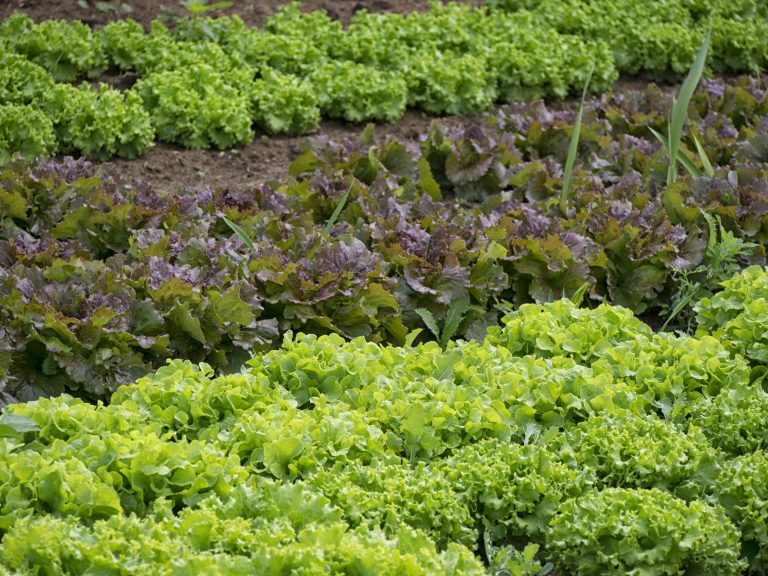
The two graphs below have been misconstrued as, correlation equals causation i.e., as CO2 increases so does atmospheric temperature, however, this is a symptom and not the underlying cause. CO2 amplifies the effect of the dominant greenhouse gas water vapor, but the rise in water vapor from increased surface temperatures from deforestation, land clearing, removal of ground cover in cultivation and so on, is what is heating the atmosphere and to a far lesser extent the burning of fossil fuels as CO2 accounts for 11% of greenhouse gas effect
and water vapor up to 80%.
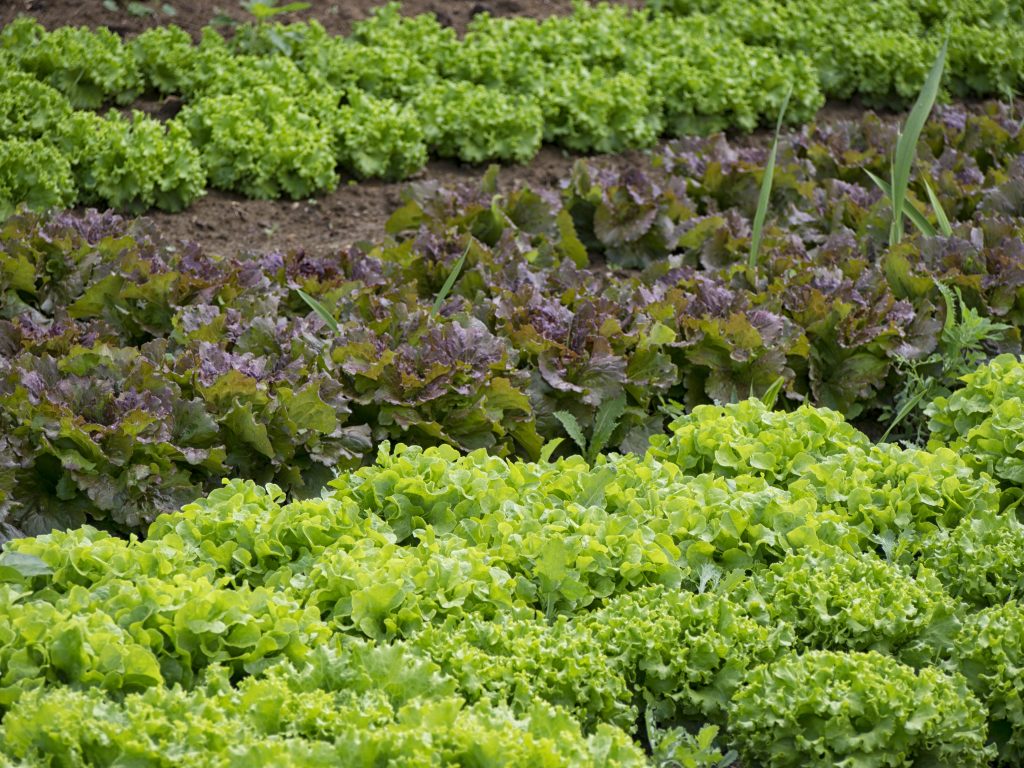
Charles Keeling in 1958 did the initial measurements to show that CO2 was increasing with the burning of fossil fuels , but he set us on the wrong path by making the false assumption that water vapor is so ubiquitous , ephemeral and in constant movement that it cannot be influenced by human activity and furthermore he asserted that it is impossible to be modelled and so it was simplified to fossil fuels as being the cause of increasing average atmospheric temperature and due to historical inertia and funding by governments to keep
things simple it became the dominant narrative to do otherwise would mean not only to reduce fossil fuels but to also change the way agriculture , forestry and intensive animal husbandry was conducted a bridge to far to cross. So, if it can’t be measured it does not exist!
This is critical distinction as to the effect of leaving land exposed of deforestation of overgrazing and the use of the plough and industrialised chemical farming has alter vast amounts of the earths land surface, as the amount of heat reradiated from the surface is = to the surface temperature to the power of 4! as indicated by the photo below.

‘So, it’s not the CO2 it’s the H2O’ that’s heating up the atmosphere and it’s how we manage the land below.
We are losing 25 billion tons of soil a year to wind erosion, that soil gets oxidised to Carbon Dioxide and Nitrous Oxide! So, what is the soilution?
‘Keep all the ground covered all of the time and you will have climate change covered’
This has the following effects:
- The increased vegetative cover will increase transpiration and a mere 5% increase in transpiration will stabilise the climate.
- As we lose 25 billion tons of soil to wind erosion this will prevent this and dust clouds also trap heat.
- By having cover crops or perennial crops or forested or wooded areas the oxidising effect of tillage is avoided.
- Reducing surface temperatures which reduces exponentially the amount of heat reradiated back to the atmosphere.
- By sequestering more carbon in the ground with decomposed plants and microorganisms building the soil carbon sponge or humus not only is atmospheric carbon dioxide. But more importantly in ground reservoirs of water is increased and hence less water vapor in the atmosphere due to the rivers of water vapor in the sky being diverted to the soil.
- By reducing surface temperatures less water is evaporated after a rain event and so less water vapor and this is even more significant when it is understood that water vapor acts as a heat trapping greenhouse gas from reradiated heat, but unlike Carbon Dioxide water vapor also traps incoming radiation as well increasing the heat in the atmosphere that then evaporates more water vapor especially from the oceans which cover 71% of the earth’s surface
There are many more ways that working with the water cycle and the carbon cycle that have either a cooling effect or a warming effect.
It can be summarised as follows, water is the thermostat of the blue planet, water vapor turns up the heat and water in the ground or in vegetation turns down the temperature.
To focus on keeping all the ground covered all the time in horticulture planting cover crops, broad acre cropping by pasture cropping or sowing into native pastures, in viticulture planting multispecies in the interrow, agroforestry, silvopasture integrating livestock into treed pastures and more the following co-benefits will accrue
- Reduced surface evaporation and decreased irrigation or increased water efficiency.
- Increased soil carbon, soil nitrogen, soil moisture, nutrient cycling.
- Decreased water and wind erosion as with the current rate of soil loss by 2050 we will have lost 95% of arable lands to degradation and desertification.
- Decreased surface temperatures when you think about it, we need to be working with the unit or metric of temperature and not so much Greenhouse gas emissions as in ppm of CO2 etc., to keep temperatures below 1.5 degrees by the end of this century in fact if we kept all the ground covered all of the time, we would stabilise the climate by the end of this decade.
- Increased soil microorganism biodiversity, nutrient density of produce and increased yields!
The photos below from Kirk Kilpatrick in WA illustrates this magnificently and a picture tells a thousand words. Cruciferous crop planted into a cover crop of nitrogen fixing clover.
So, when you ask yourself now how can you help reduce global warming, how will you change your land management? What will be your top strategies?
Mine are in order of impact:
- Cover crops to keep all the ground covered all of the time.
- Plant trees wherever possible as wind breaks, silvopasture, agroforestry in horticulture in viticulture and more.
- Grow humus with diverse cover crops and diverse microorganisms as in the Biodynamic Soil activator, BD 500 these humus forming microorganisms decrease bulk density e.g., a Bulk Density of 1.1 means that for any given volume of soil 66% is space or voids to capture and retain water, increased nutrient cycling with increased surface area, increase root penetrability and facilitate the exchange of gases. You can think of the pore spaces in soils as air sacs and the soil is in fact a lung. Steiner said when you walk on your farms imagine you are walking on the earth’s great diaphragm. A well aerated soil has a spongy spring to it just like our lungs.
- Endophytic fungi to sequester more soil carbon, create macroaggregates or larger soil pore spaces for increased water infiltration, reticulation, and storage, increase plant available nutrients and stabilise soil structure
- Minimal or no till farming.
- Avoid chemical fertilisers as plants and microbes build soils chemicals destroy soils over time.
- Employ biodiverse fast growing plant species to accelerate carbon drawdown to build the soil carbon sponge.


Transplanting into clover

Pasture cropped oats sown into native pasture – Colin Seis Winnona NSW

Dust Storm in SA 2009 thousands of years of topsoil up up and away.
To make a long story short keep all the ground covered all of the time and build the soil carbon sponge which was derived from CO2 and Water vapour out of the atmosphere and We’ve got Climate Change Covered.
Listen to this conversation that I had with ‘Regen Ray’ wherein I covered about building humus and micro and macro aggregates to optimize soil functions and reverse climate change.



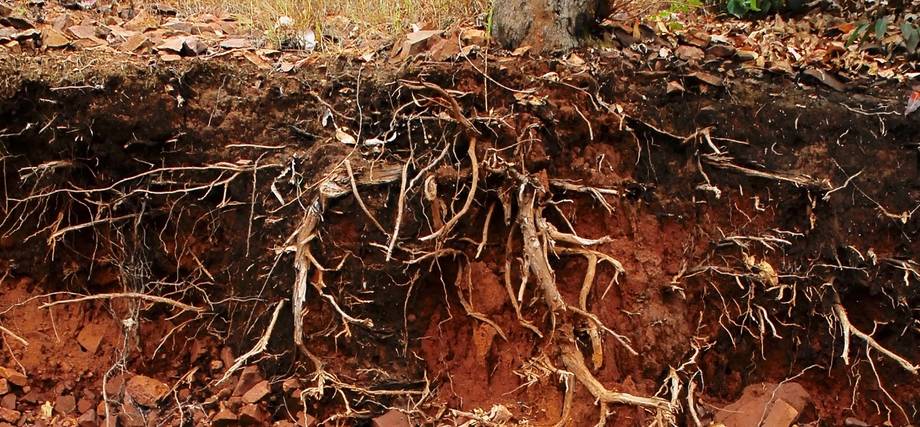
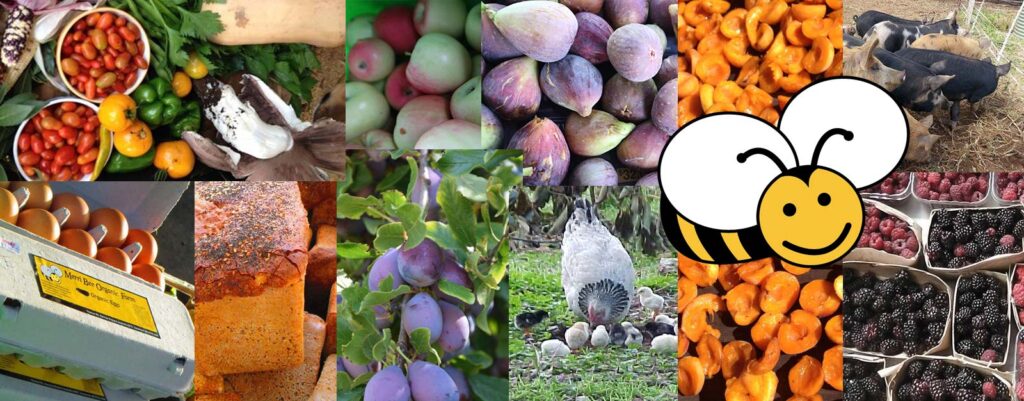
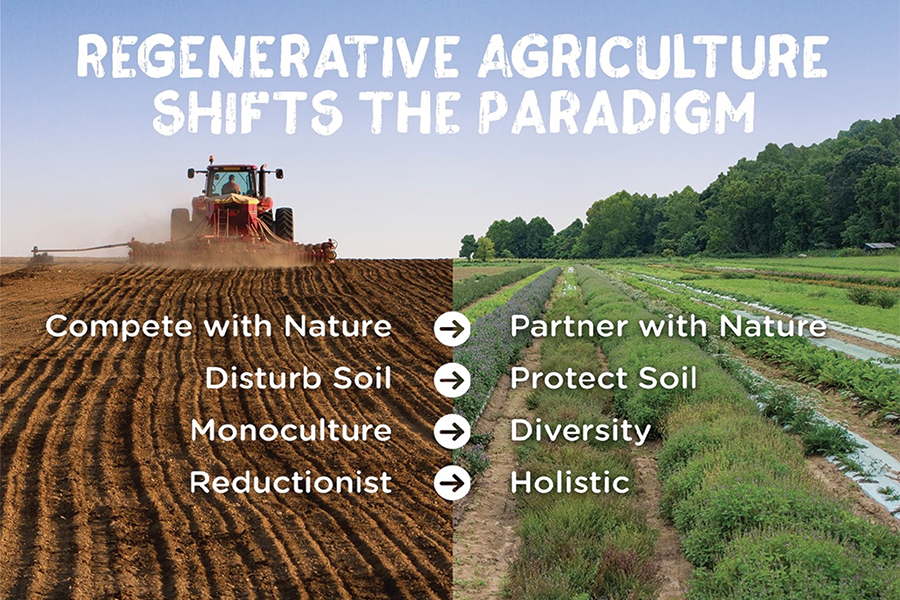

Responses